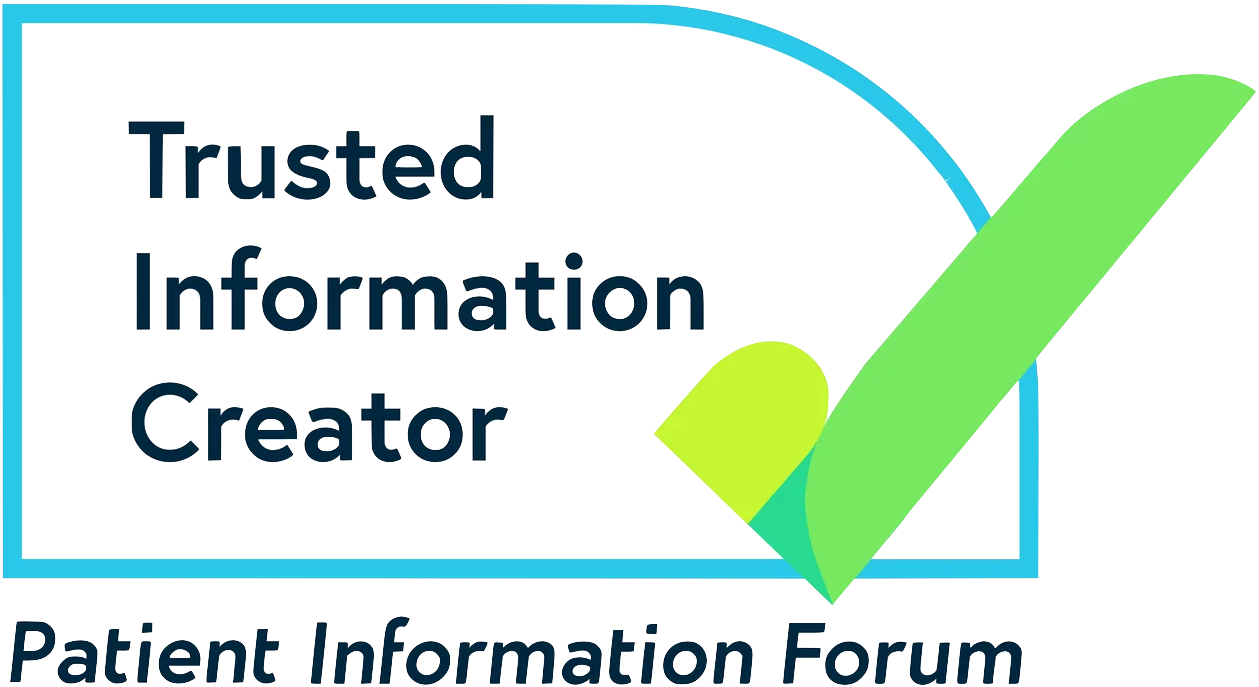If you would like to talk to someone about epilepsy, our trained advisers are here to help.
What would you like to find out about today?
Other names for self-limited epilepsy with centrotemporal spikes (SeLECTS)
SeLECTS gets its name from the area of brain where the seizures begin. This is the centrotemporal or rolandic area. Older terms for this syndrome that you may still hear include the following:
- Childhood epilepsy with centrotemporal spikes (CECTS)
- Benign rolandic epilepsy
- Benign rolandic epilepsy of childhood (BREC)
- Benign epilepsy with centrotemporal spikes (BECTS)
Who gets SeLECTS?
Around 1 in 15 of all children who have epilepsy will have SeLECTS. It usually starts in children between the ages of 4 and 10 years, and stops during their teens. Slightly more boys get this type of epilepsy than girls.
It’s not known exactly what causes SeLECTS, but genetic factors are thought to play a part. Other family members, such as a parent or grandparent may also have had this type of epilepsy when they were children. Occasionally, family members may have a different type of epilepsy.
Symptoms
The seizures that happen in SeLECTS are usually focal seizures. This means they start in only one part of the brain. Most children with SeLECTS have less than 10 seizures during their lifetime.
Seizures often start when your child is asleep or just about to wake up in the morning. They usually only last for a couple of minutes. During a seizure, your child may have these symptoms:
- A tingling feeling (“fizzing” or “buzzing”) on one side of their mouth, including their tongue, lips, gum and inner cheek
- Difficulty speaking – they may make throaty or gurgling noises
- Twitching (clonic) movements or stiffening (tonic) on one side of their mouth or face
- Drooling, which may be due to too much saliva or difficulties swallowing, or a combination of both
Sometimes the movements affecting your child’s face may spread to their arm or leg on the same side of their body. Some children may lose consciousness or not have any memory of the seizure.
Occasionally, a SeLECTS seizure can affect both sides of the brain. This is called a ‘focal to bilateral tonic-clonic seizure’. A child having this type of seizure may fall unconscious, become stiff and make jerking movements with their arms and legs.
The seizure is usually over within minutes. But it can be scary and upsetting to see your child like this. The most important thing you can do is learn how to help someone having a tonic-clonic seizure, and protect them from injury. We have more information on first aid for tonic-clonic seizures.
After a focal seizure has progressed to a bilateral tonic-clonic seizure, children are often sleepy, and some may sleep for a few hours.
Diagnosis
Your child should see a specialist doctor called a paediatrician for an assessment. The paediatrician will usually recommend a test called an EEG (electroencephalogram) to help confirm a diagnosis. The EEG records the electrical activity in the brain. If your child has SeLECTS, the EEG will usually pick up epileptic activity in the centrotemporal area of their brain.
If the EEG is normal, it doesn’t rule out your child having SeLECTS. Your doctor may arrange something called a sleep-deprived EEG. This means having the EEG when your child has had little sleep. This is because abnormal brain activity is more likely to show up on the EEG when your child is tired or falls asleep.
Further tests, such as blood tests or MRI scans of the brain are not normally needed to diagnose SeLECTS.
Treatment
Epilepsy medicines can help to prevent seizures. But not all children with SeLECTS will need them. Many children will only have one or two mild focal seizures a year, and usually at night. Also, seizures usually go away on their own within a few years. You and your child may feel like they can manage without treatment.
Your child may be more likely to benefit from epilepsy medicines if they often have bilateral tonic-clonic seizures.
Your doctor should talk to you and your child about whether or not to start treatment. This discussion should include:
- How often your child has seizures, and whether they include bilateral tonic-clonic seizures
- Possible risks of having seizures, including injuries and Sudden Unexpected Death in Epilepsy (SUDEP) – and ways to reduce these risks
- Possible side effects of treatment
Epilepsy medicines usually work well for SeLECTS seizures. If medicines don’t control your child’s seizures, their doctor may suggest further testing, such as an MRI brain scan.
Information about treatments for children can be found on the Medicines for Children website.
Outlook
Nearly all children with SeLECTS will outgrow the condition before their 16th birthday. Very few (less than 2 in 100) go on to develop epilepsy as adults.
Some children with SeLECTS experience mild learning difficulties while the condition is active. These may include difficulties with reading and language, co-ordination, attention and behaviour. Your child’s doctor should be able to give you advice about getting support in these areas if needed. We have more information on how epilepsy can affect learning and behaviour.
Support
Charity for families with disabled children
Freephone helpline: 0808 808 3555
Email: helpline@contact.org.uk
Here to support you
Send us your question
Send a question to our trained epilepsy advisers. (We aim to reply within two working days).


